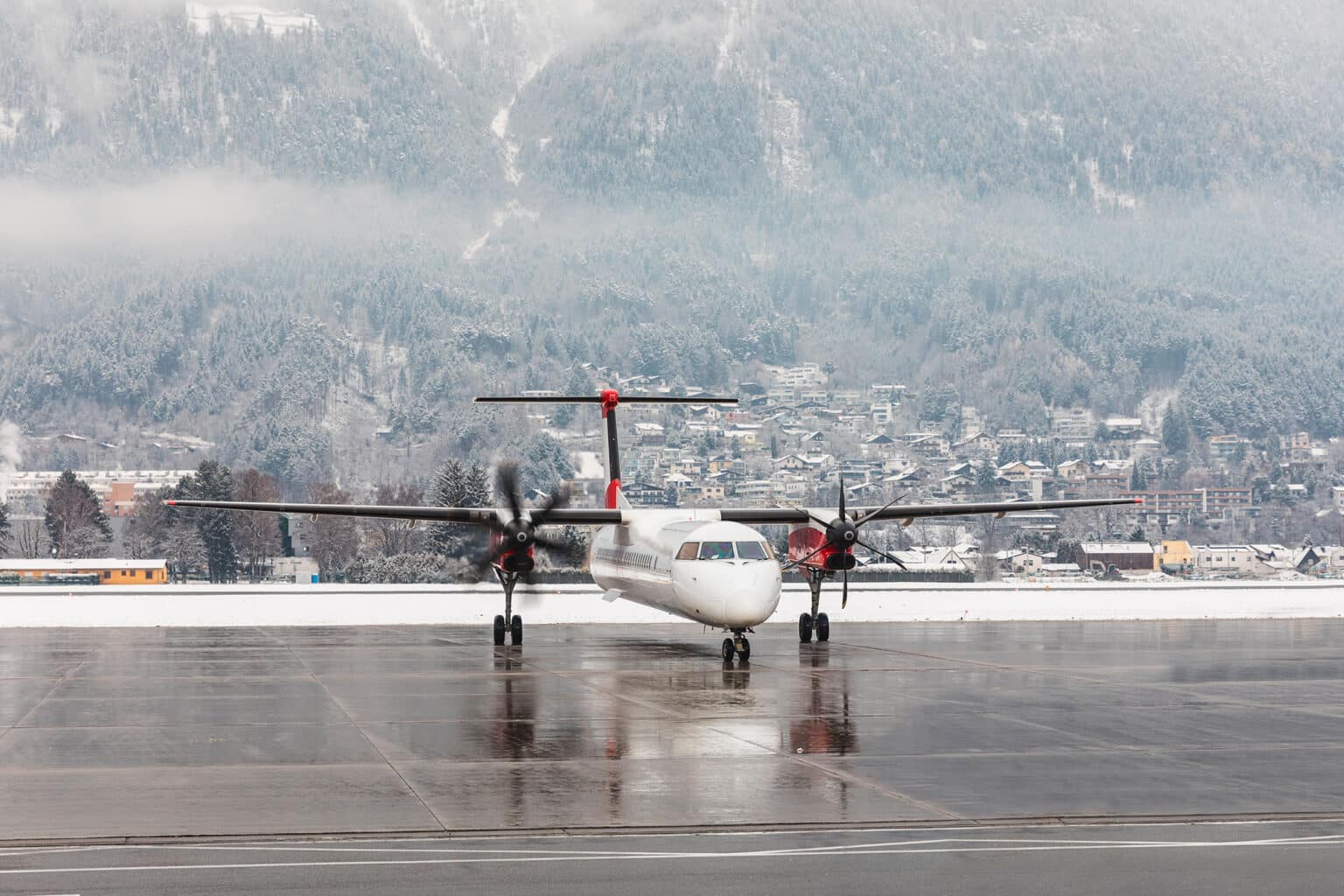
Flight Operations in Antarctica:
One of the World’s Most
Challenging Environments
As the sun sets over Antarctica in May, it will be August before it slowly begins to rise again – a clear indication that conditions in Antarctica can be challenging.
Operating flights in Antarctica is unlike most other places on Earth. Logistics are hampered by extreme cold, wind, and limited infrastructure. However, with careful planning and execution, these trials can be conquered.
Whether flights are to transport scientists and supplies to scientific bases, or charter tourism flights, they all operate in an extreme environment. In this article, we look at a few of the challenges and how operating flights in this environment is different.
Preparing Runways by Plowing the Ice
One of the primary challenges of operating flights in Antarctica is preparing the runways. Maintaining a runway in these conditions is no easy feat, as the harsh weather and limited infrastructure make it particularly difficult.
Landing strips or runways in Antarctica are usually ice. These runways must be specially prepared and re-cleared before each landing. Snow groomer machines are used to furrow or plow the ice, creating shallow groves. The plowed-up ice then freezes and provides the necessary friction for safe landings. A properly prepared ice runway provides braking efficiency comparable to landing on a wet asphalt runway.
Heat, perhaps surprisingly, can be a challenge for runways. As the ice melts during the comparatively warmer months, runways can become too slippery and usable. Ice in Antarctica also moves toward the ocean, so at times, sea ice runways must be moved to a new location.
Runways in Antarctica can be of significant lengths, equivalent to the size of London Heathrow or LAX, and capable of handling a variety of aircraft, from heavy Hercules to business jets, ski aircraft, and larger commercial aircraft, even Airbus A340s now land in Antarctica.
Unique Challenges of Flying in Antarctica
The extreme weather and unique geography of the continent present additional challenges. The scale of the continent can be disorienting for pilots. Vast expanses of white visually blend terrain and can make features like mountains appear further away than they are.
Added to this, the white-out glare effect, caused by light bouncing off the clouds, snow, and ice, can make navigation and approach difficult. The horizon, clouds, ground, and objects can be indiscernible. The icy runways can be particularly difficult to judge from the air.
The glare also makes looking from the instrument displays to looking outside the cockpit difficult, as the extreme contrast in light makes it hard for the eyes to adjust quickly. Pilots must be highly skilled, and experienced and have the right gear (like non-polarising glasses) even in perfect conditions.
The weather in Antarctica is notoriously unpredictable and can change rapidly, which has a significant impact on operations. Weather forecasts must be closely monitored to ensure aircraft can land and take off safely. Flight operators usually have their own dedicated forecasters, who use several different weather modules and correlate them.
Transporting Fuel and Minimizing the Footprint
Because the weather can change rapidly, having ‘return range’ fuel is particularly important – it can be a long way back if conditions change unexpectedly.
Aircraft also need to refuel on the ice. Transporting fuel to Antarctica is expensive and complex. The fuel must be stored in specialized containers that can withstand extreme cold and harsh conditions. Once the fuel arrives in Antarctica (usually by ship), it must then be transported to the remote locations where it is needed. This can take weeks by specialized caterpillar track vehicles or helicopters. With these additional logistics, the effective costs of a drum of fuel skyrockets significantly.
Antarctica is, of course, a particularly environmentally sensitive region. It is important to manage any activity in the area with caution to reduce the negative impact on the environment. Aircraft operators must take measures to reduce their environmental footprint, and like the rest of the aviation industry, there is a move to use more sustainable fuels.
Flights Operations in a Remote Environment
From scientific research to tourism, there are a variety of industries that operate flights in Antarctica. The logistics of setting up operations in this remote and challenging environment require careful planning, execution, and a lot of hard work. Operating in Antarctica is not for the faint of heart – these are just some of the many challenges to overcome.
There are a lot of remote places out there. Getting stranded anywhere can feel like you might as well be in Antarctica. Being prepared is crucial when ‘failure isn’t an option’, as STARTPAC’s case studies show. STARTPAC has a range of portable and mobile ground power units and battery packs to jump-start your aircraft and keep you moving. To help you move towards the NetZero 2050 goal, check out START PAC GREEN, the first fully electrical autonomous ground power unit, entirely battery-powered.


